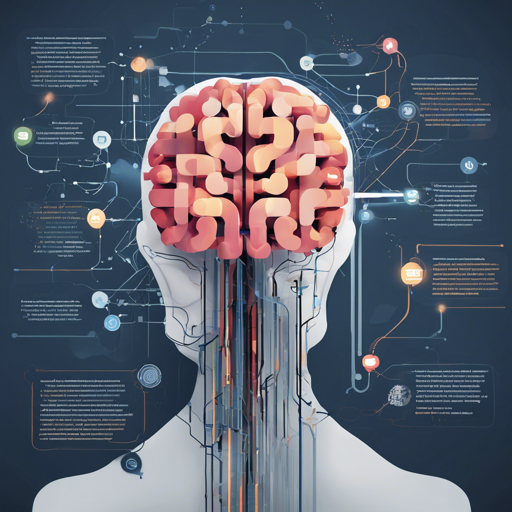The journey to creating an advanced conversational AI can be fascinating and challenging. With the right tools and knowledge, you can leverage transfer learning from OpenAI’s powerful GPT and GPT-2 models to train your very own dialog agent. This guide will walk you through the installation, setup, and usage of a codebase that allows you to recreate the results achieved in the ConvAI2 NeurIPS 2018 dialog competition.
Getting Started: Installation
To kick things off, you’ll first need to install the necessary components to run the training and inference scripts. Here’s how to get things ready:
- Clone the repository:
git clone https://github.com/huggingface/transfer-learning-conv-aipip install -r requirements.txtpython -m spacy download enUsing Docker for Installation
If you prefer using Docker, it’s convenient and straightforward! Here’s how you can install using Docker:
- Build the self-contained Docker image:
docker build -t convai .docker run --rm -it convai bashNote: Ensure your Docker setup allocates enough memory as building with the default of 1.75GB often fails.
Interacting with Your Pretrained Model
Once the environment is set up, you can run the interact.py script to chat with your pretrained model:
python3 interact.py --model modelsThis command will download and cache the model if you run it without any arguments.
Training Your Chatbot
The training script allows you to train on a single GPU or using multiple GPUs. Here’s how to get started:
- For single GPU training, run:
python train.pypython -m torch.distributed.launch --nproc_per_node=8 train.pyFine-Tuning Your Model
Your training can be customized using various arguments, such as:
- dataset_path: Path or URL of the dataset.
- num_candidates: The number of candidates for training.
- n_epochs: Number of training epochs.
This is akin to teaching a student to talk—they need practice (data) and guidance (parameters) to improve their conversation skills.
Troubleshooting
If you encounter issues during setup or training, here are some troubleshooting tips:
- Ensure all required libraries and dependencies are installed correctly.
- Check memory allocation in Docker; too little memory can cause builds to fail.
- If the model isn’t responding as expected, try adjusting learning rates or training epochs.
For more insights, updates, or to collaborate on AI development projects, stay connected with fxis.ai.
Conclusion
At fxis.ai, we believe that such advancements are crucial for the future of AI, as they enable more comprehensive and effective solutions. Our team is continually exploring new methodologies to push the envelope in artificial intelligence, ensuring that our clients benefit from the latest technological innovations.

